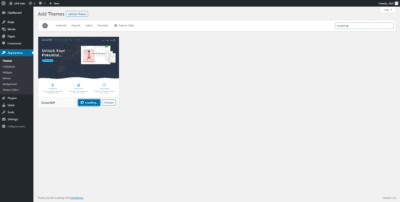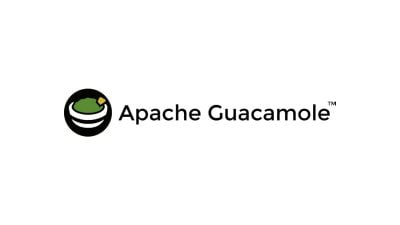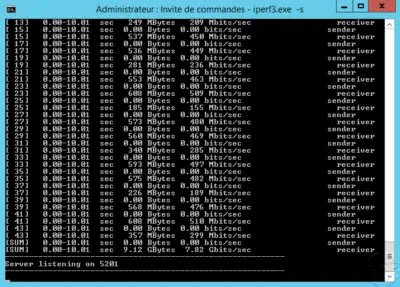Ansible: installation, configuration and use with Windows and Linux
Ansible is open source multi-platform configuration management software (Linux, Windows, network equipment, etc.). In other words, Ansible will allow you to manage, deploy or even execute actions on a group of computers in a “single command line”. Actions / configuration are written to a YAML format file also called playbook. Through this tutorial, I will …








